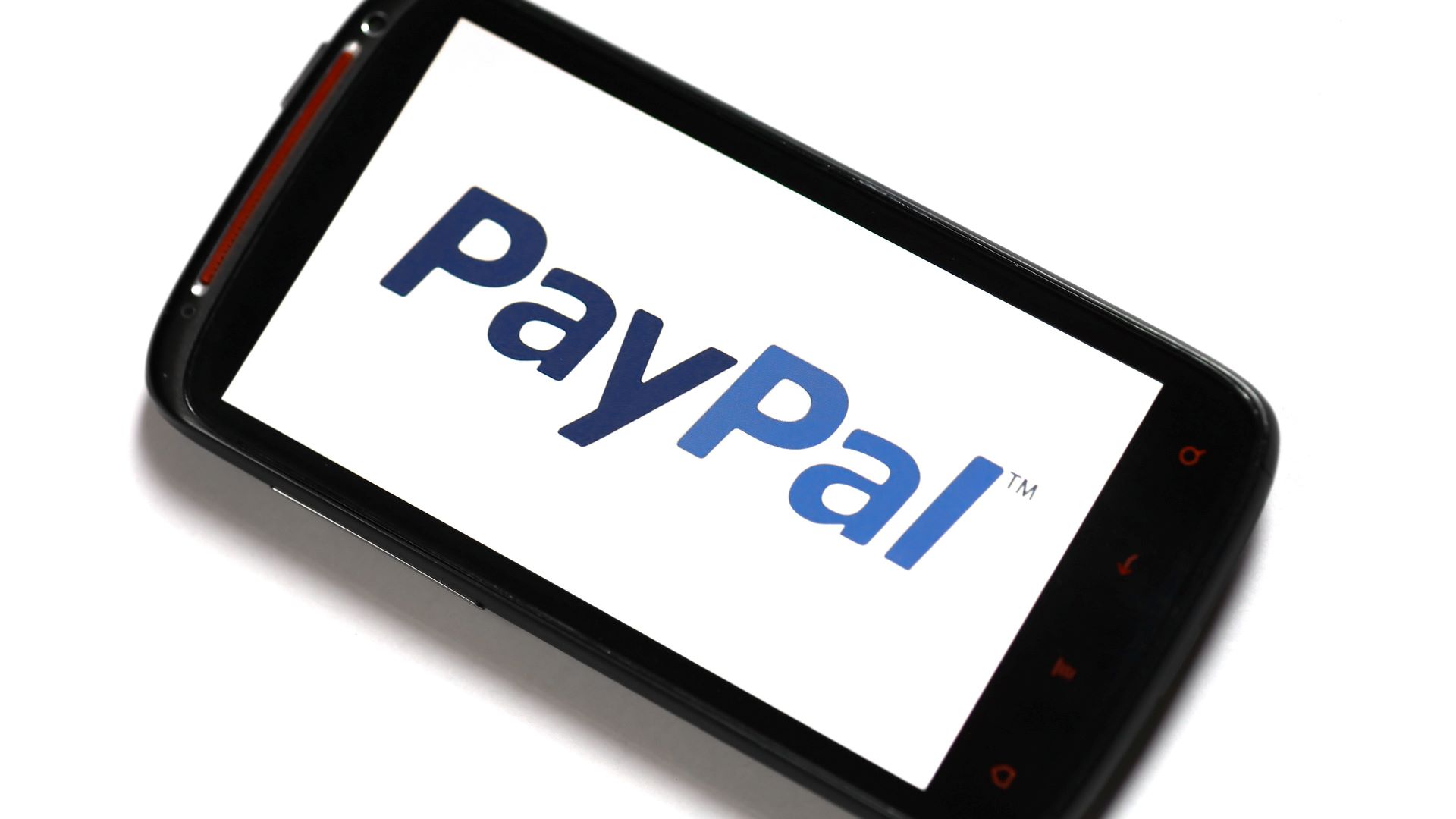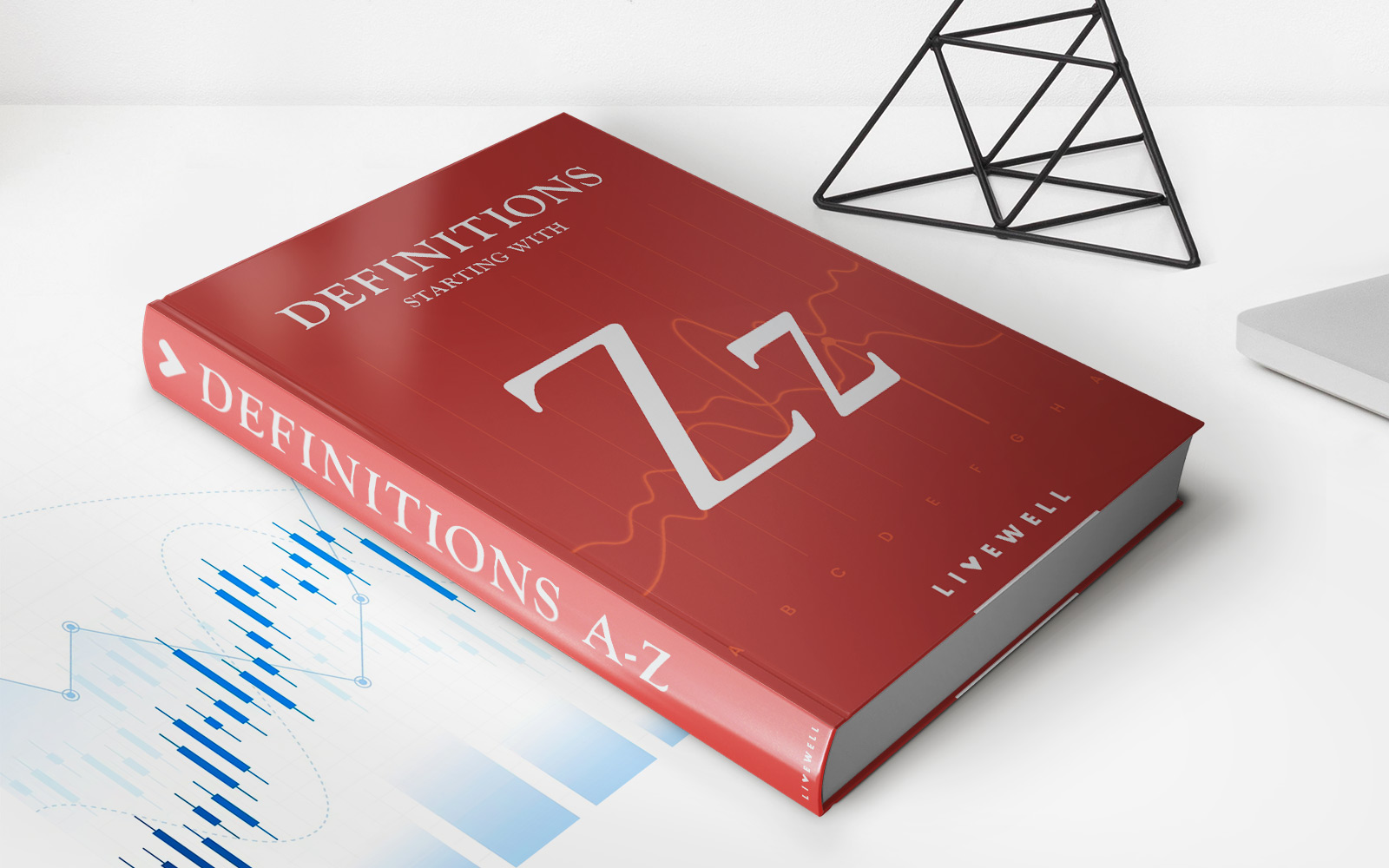

Finance
What If Insurance Pays More Than Repairs?
Published: November 20, 2023
Discover the financial implications of insurance paying more than the cost of repairs. Explore your options for utilizing the excess funds wisely and maximizing your financial stability.
(Many of the links in this article redirect to a specific reviewed product. Your purchase of these products through affiliate links helps to generate commission for LiveWell, at no extra cost. Learn more)
Table of Contents
Introduction
Insurance is a fundamental component of managing risk in our lives. Whether it’s automobile, home, health, or any other type of insurance, we rely on it to protect us from unexpected financial burdens in times of need. However, what happens when insurance pays more than the actual cost of repairs?
While it may seem unlikely, there are situations where insurance companies may provide a payout that exceeds the necessary repair costs. This can happen due to various factors, such as estimating errors, outdated pricing models, or even the prevalence of aftermarket parts that are cheaper than original equipment manufacturer (OEM) parts.
In this article, we will explore the potential scenarios of insurance paying more than repairs, the benefits and drawbacks of this situation, and how it can impact insurance premiums. We will also provide some useful tips for handling insurance overpayment effectively. So, if you’ve ever wondered what happens when insurance pays more than repairs, read on to find out more.
Understanding Insurance and Repair Costs
Before diving into the scenarios of insurance paying more than repairs, it’s essential to have a clear understanding of how insurance and repair costs work.
Insurance policies are designed to provide coverage for unexpected events that result in damage or loss. When it comes to insuring assets like vehicles or homes, insurers assess the potential risks and set premiums accordingly. These premiums, paid by policyholders, form a pool of funds that the insurer uses to cover claims.
When damage occurs, the insured party must file a claim with their insurance company. The insurer then evaluates the damage, determines the actual cost of repairs, and provides a payout to cover those costs.
Repair costs can vary based on factors such as the severity of damage, labor, and the cost of replacement parts. Insurance companies typically have established networks of preferred repair shops that provide estimates for the necessary repairs. These estimates help insurers determine the payout amount.
However, it’s important to note that repair estimates are not always accurate. Hidden damages may be discovered during the repair process that were not initially visible. Additionally, the cost of replacement parts can fluctuate, leading to variations in repair expenses.
Now that we have a basic understanding of insurance and repair costs, let’s delve into the potential scenarios where insurance pays more than the actual cost of repairs.
Potential Scenarios of Insurance Paying More Than Repairs
While it may seem counterintuitive, there are several situations where insurance can end up paying more than the actual cost of repairs. Here are a few potential scenarios:
- Estimating Errors: Insurance companies rely on repair estimates provided by preferred repair shops. However, these estimates are not always accurate and can sometimes be higher than the actual repair costs. If the insurance company approves the estimate without further scrutiny, it can result in overpayment.
- Aftermarket Parts vs. OEM Parts: Insurance companies often consider the cost of replacement parts when determining the payout. In cases where aftermarket parts, which are generally cheaper than original equipment manufacturer (OEM) parts, are used for repairs, the insurance payout might exceed the actual repair cost.
- Unforeseen Damages: During the repair process, hidden damages that were not initially visible may be discovered. These additional repairs may increase the overall repair costs beyond what was initially estimated, resulting in an insurance payout that exceeds the original estimate.
- Discrepancies in Pricing Models: Insurance companies use pricing models to determine the approximate cost of repairs. These models may not always align with the actual market prices or regional variations. As a result, the insurance payout may be higher than the actual repair costs in certain cases.
- Overhead and Administrative Costs: Insurance companies often have overhead and administrative costs associated with processing claims. These costs, combined with the actual repair expenses, can sometimes result in insurance payouts that exceed the repair costs.
It’s important to remember that while these scenarios exist, they may not be common or applicable in every situation. Each insurance claim is unique and can be influenced by various factors.
Next, let’s explore the benefits and drawbacks of insurance overpayment.
Benefits of Insurance Overpayment
While it may seem undesirable for insurance to pay more than the actual cost of repairs, there can be certain benefits associated with this situation. Here are a few advantages:
- Financial Relief: Insurance overpayment can provide a sense of financial relief for the policyholder. It can help cover additional expenses related to the damage, such as rental car costs or alternative accommodations while repairs are being carried out.
- No Out-of-Pocket Expenses: When insurance pays more than the actual repair costs, the policyholder may not have to incur any out-of-pocket expenses for the repairs. This can be particularly beneficial if the policyholder is facing financial constraints or unexpected expenses.
- Flexible Use of Funds: If there is an excess payout, the policyholder has the flexibility to use the funds as they see fit. They can choose to invest the remaining amount in additional repairs or upgrades to the damaged asset, which can enhance its value or functionality.
- Quicker Repair Process: Insurance overpayment may expedite the repair process, as the policyholder can opt for quicker repair options without having to worry about additional expenses. This can be advantageous in cases where time is of the essence, such as when a vehicle is needed for daily commutes or a home is uninhabitable due to damages.
It’s important to note that the benefits of insurance overpayment may vary based on individual circumstances and the extent of the damage. While these benefits can provide relief and convenience, it’s essential to weigh them against the potential drawbacks of the situation.
Next, let’s explore the drawbacks of insurance overpayment.
Drawbacks of Insurance Overpayment
While insurance overpayment can offer certain advantages, there are also potential drawbacks that policyholders should be aware of. Here are a few drawbacks to consider:
- Potential Premium Increases: Insurance companies base their premiums on a variety of factors, including the frequency and severity of claims. If a policyholder receives an excess payout, it could potentially result in an increase in their insurance premiums. This is because the insurance company may view them as a higher risk due to the higher payout.
- Loss of Future Coverage: In some cases, insurance companies may choose to terminate or not renew the policy of a policyholder who has received excessive payouts. This can leave the policyholder in a vulnerable position, especially if they are unable to find affordable coverage elsewhere.
- Moral Hazard: Insurance overpayment can sometimes lead to moral hazard, where policyholders become less cautious and more inclined to take risks. When policyholders are not financially responsible for the full repair costs, they may not prioritize preventive measures or take adequate care of their insured assets.
- Disputes and Adjustments: Insurance overpayment can potentially lead to disputes between the policyholder and the insurance company. If the policyholder disagrees with the payout amount or believes it is excessive, it may require negotiations and adjustments, which can be time-consuming and stressful.
- Opportunity Cost: If policyholders receive an excess insurance payout, they may miss out on the opportunity to negotiate for better repairs or upgrades. They may feel pressured to accept the initial estimate, even if additional improvements could have been made with the excess funds.
It’s important for policyholders to carefully consider these drawbacks and weigh them against the benefits to make informed decisions when dealing with insurance overpayment.
Next, let’s explore how insurance overpayment can impact insurance premiums.
Impact on Insurance Premiums
Insurance overpayment can potentially have an impact on insurance premiums. Here are a few factors to consider:
- Premium Increases: As mentioned earlier, insurance companies base their premiums on various factors, including the frequency and severity of claims. If a policyholder receives an excess payout, the insurance company may perceive them as a higher risk and subsequently increase their premiums. This increase aims to offset the potential for future claims.
- Loss of Discounts: Insurance companies often provide discounts for policyholders with a claims-free history or a low claims frequency. Excessive payouts may result in the loss of these discounts, leading to higher premiums.
- Risk Assessment: Insurance companies assess risks when determining premiums. Policyholders who have received overpayments may be perceived as a higher risk due to the potential for misuse or lack of financial responsibility. This risk assessment can result in premium adjustments.
- Review of Policy Terms: Insurance companies may review the terms and conditions of a policy if excessive payouts occur. This review can lead to changes in coverage limits, deductibles, or even the termination of the policy altogether.
It’s important for policyholders to be aware of how insurance overpayment can impact their premiums and to consider these potential consequences when deciding how to handle the situation.
Next, let’s explore some tips for effectively handling insurance overpayment.
Tips for Handling Insurance Overpayment
If you find yourself in a situation where insurance has paid more than the actual cost of repairs, here are some tips to help you handle the overpayment effectively:
- Review the Estimates: Carefully review the repair estimates provided by the insurance company and preferred repair shops. If you believe the payout exceeds the actual repair costs, consult with experts or seek additional repair opinions to ensure the accuracy of the estimates.
- Communicate with the Insurance Company: Reach out to your insurance company to discuss the overpayment and any concerns you may have. Provide them with supporting documentation, such as alternative repair estimates or evidence of lower-priced parts, to substantiate your claim for a reduced payout.
- Negotiate with the Repair Shop: If the insurance payout exceeds the repair costs, you can try negotiating with the repair shop to reduce the charges. Explain the situation and present evidence of lower-priced parts or discrepancies in the initial estimates to support your case.
- Consider Additional Repairs or Upgrades: If you have received excess funds from the insurance overpayment, consider utilizing the money for additional repairs or upgrades to your insured asset. Consult with professionals to determine if there are any worthwhile improvements that can be made within the available budget.
- Be Mindful of the Impact on Premiums: Keep in mind that excessive payouts can potentially result in increased insurance premiums in the future. Before accepting an overpayment, evaluate the long-term financial implications and weigh them against the benefits and drawbacks discussed earlier.
- Seek Professional Advice: If you are unsure about how to handle the situation, consider consulting with a legal or insurance professional who can provide guidance and help navigate through the process. They can provide insights tailored to your specific circumstances and help you make informed decisions.
Remember, handling insurance overpayment requires careful consideration and effective communication with the insurance company and repair shop. By following these tips, you can navigate the situation more effectively and mitigate any potential negative consequences.
Finally, let’s conclude our article.
Conclusion
Dealing with insurance overpayment can be both a blessing and a challenge for policyholders. While it may provide immediate financial relief and flexibility, it can also have long-term consequences such as increased premiums or even policy termination. Understanding the potential scenarios of insurance paying more than repairs, along with the benefits and drawbacks it entails, is crucial in making informed decisions.
If you find yourself in a situation where insurance has paid more than the actual cost of repairs, take the time to review estimates, communicate with your insurance company, and consider negotiating with the repair shop. Additionally, carefully evaluate the impact on your insurance premiums and the overall value of accepting the overpayment.
Remember, seeking professional advice from legal or insurance professionals can provide valuable insights and guidance tailored to your specific circumstances. Their expertise can help you navigate the process and make the best decisions to protect your financial well-being.
Ultimately, the handling of insurance overpayment requires a balance between taking advantage of the benefits it offers and mitigating any potential drawbacks. By following the tips provided and making informed choices, you can effectively manage insurance overpayment and ensure a smooth resolution to your claim.
So, the next time insurance pays more than the actual cost of repairs, you’ll be prepared to handle the situation with confidence and clarity.














